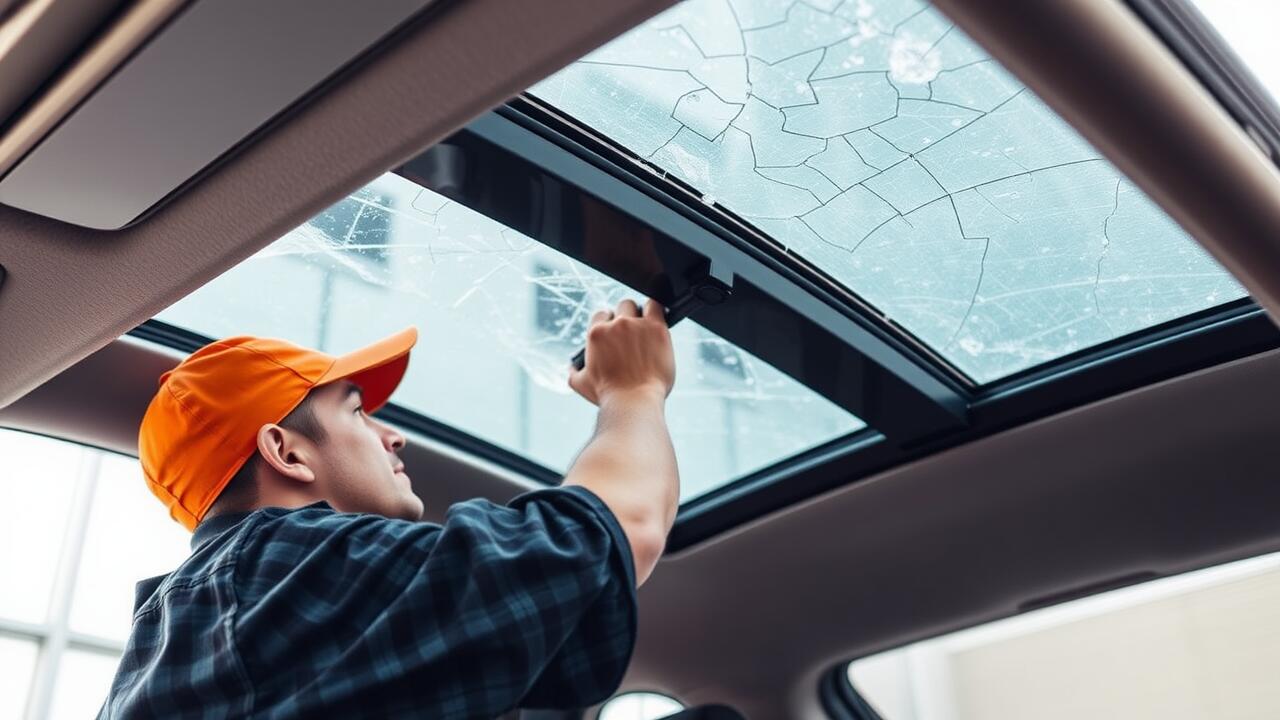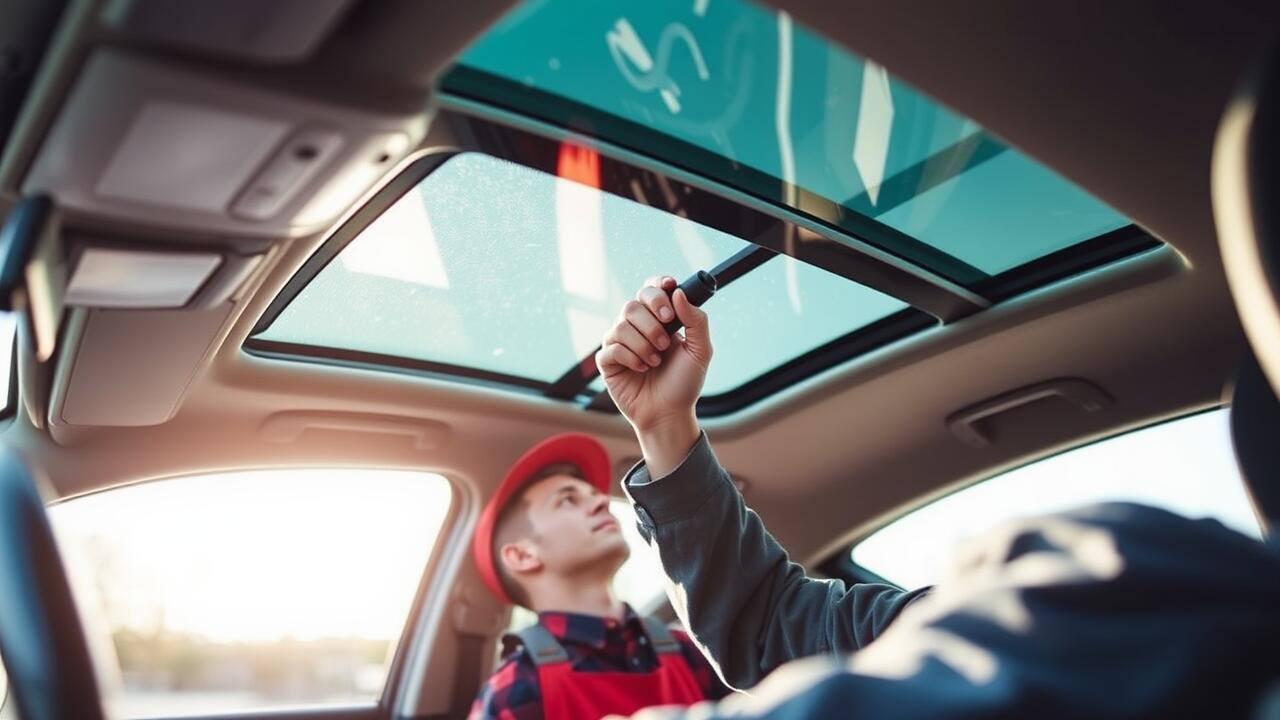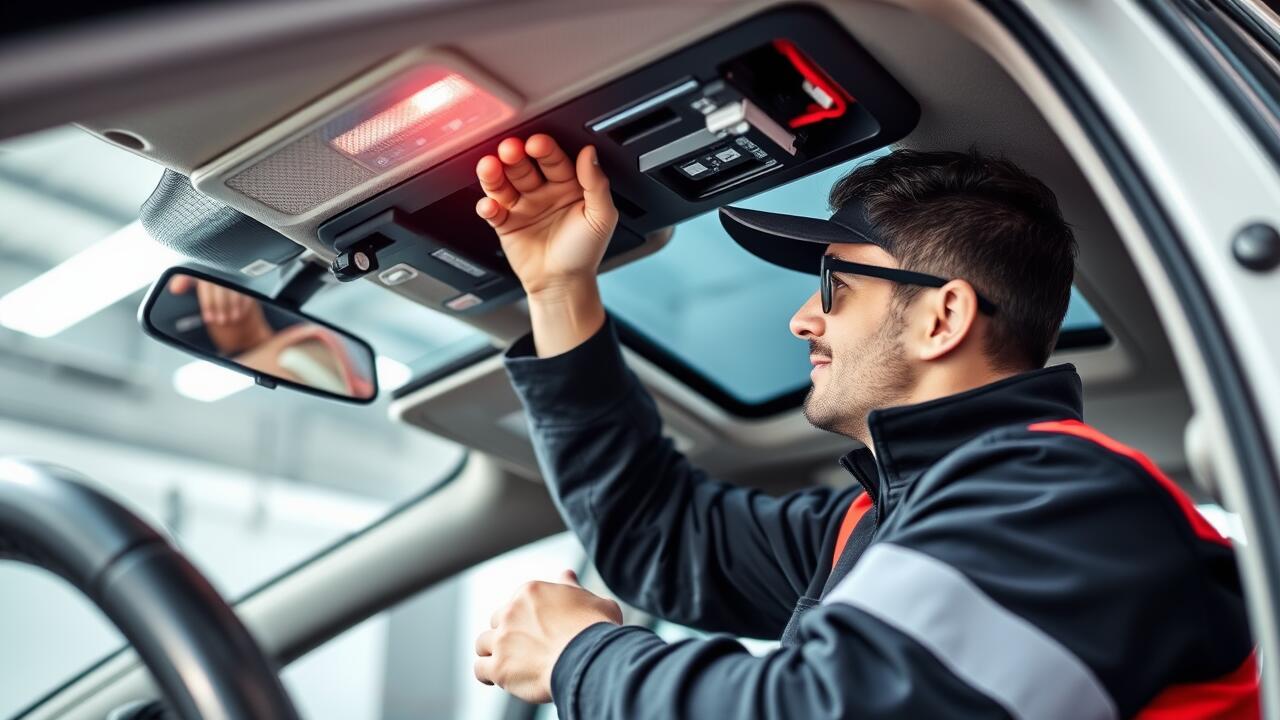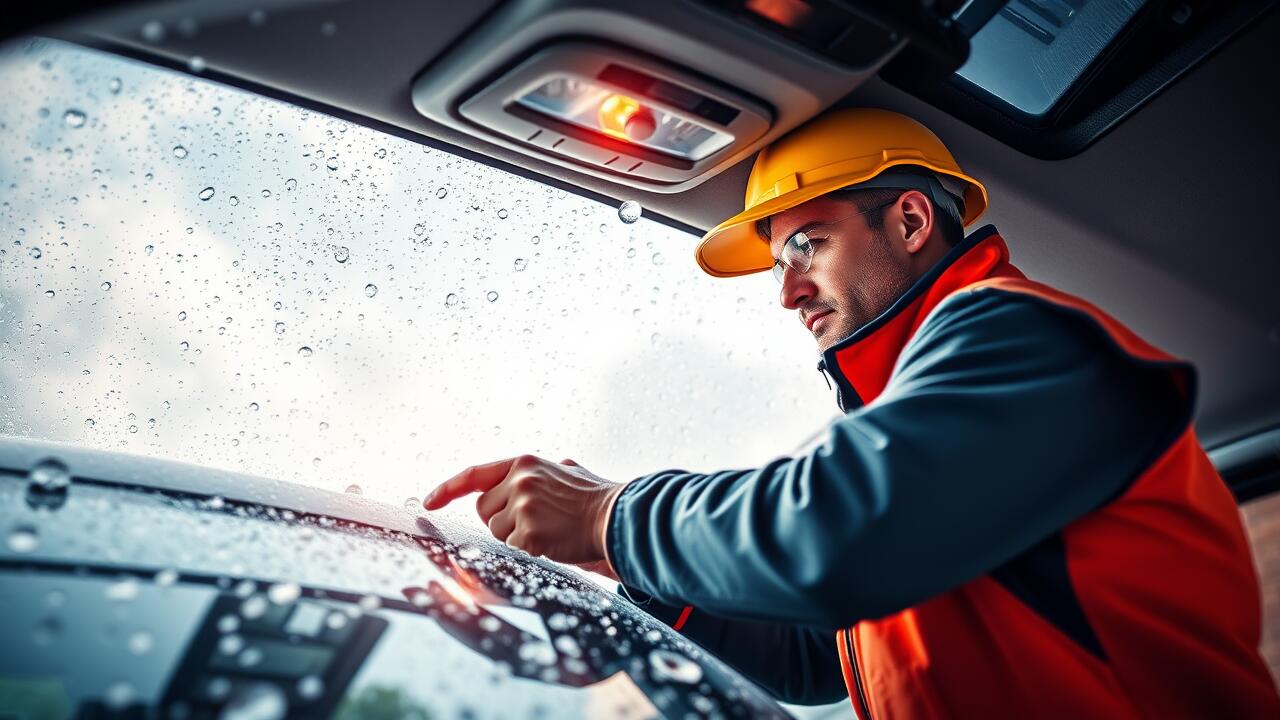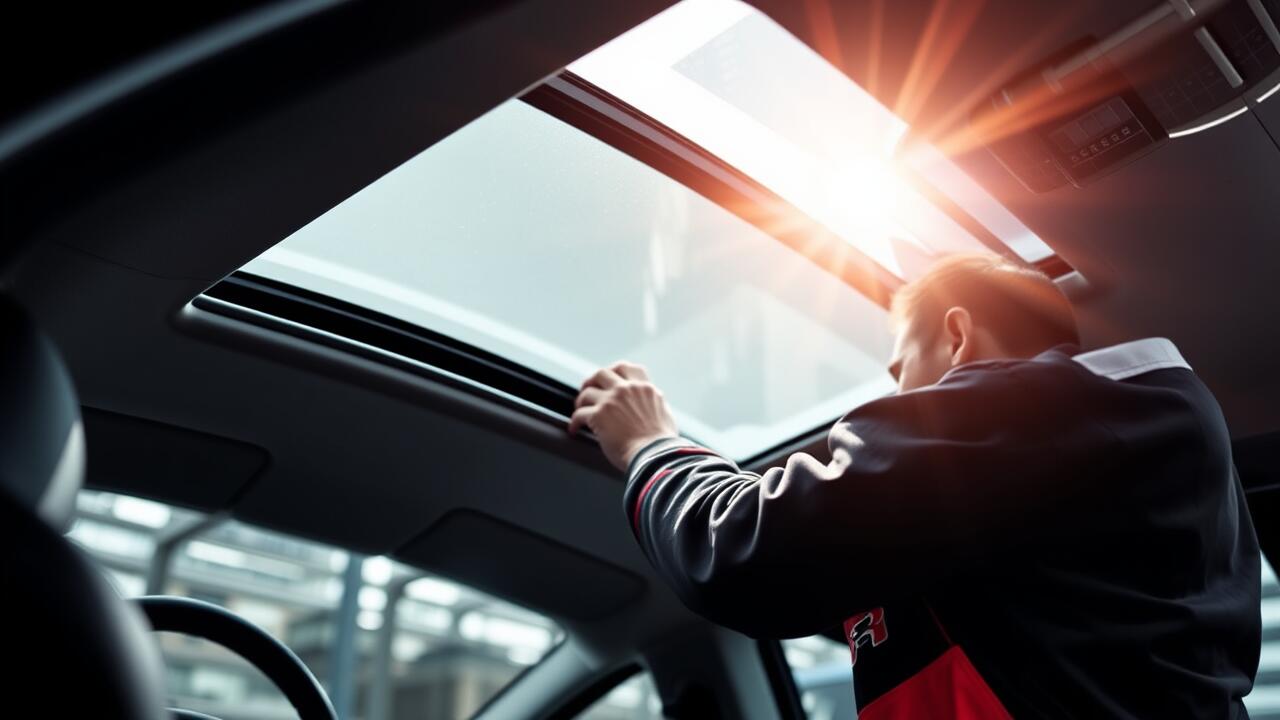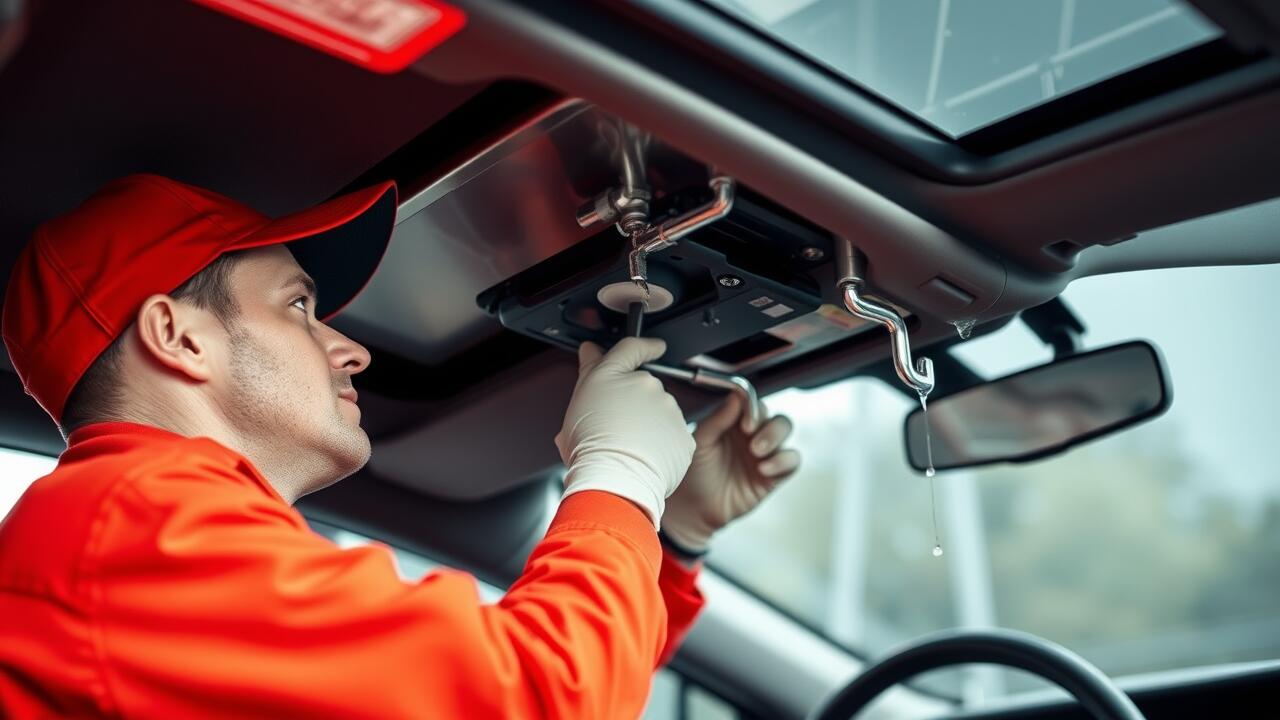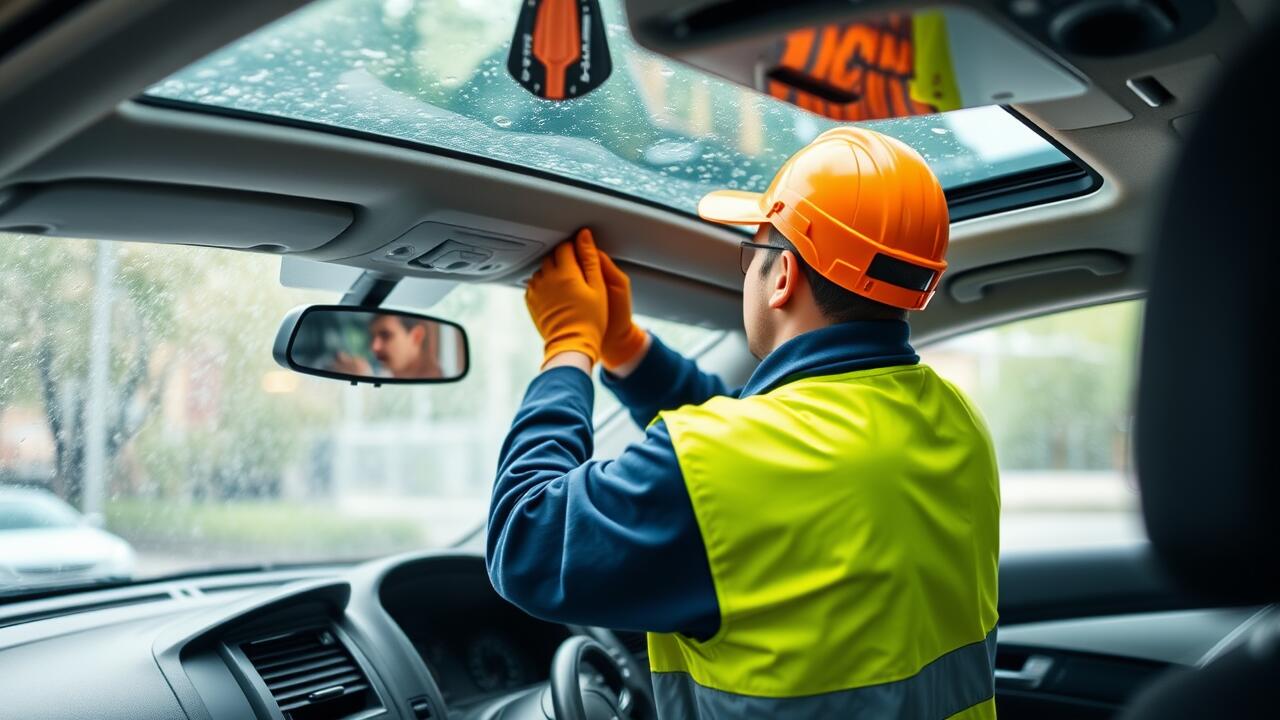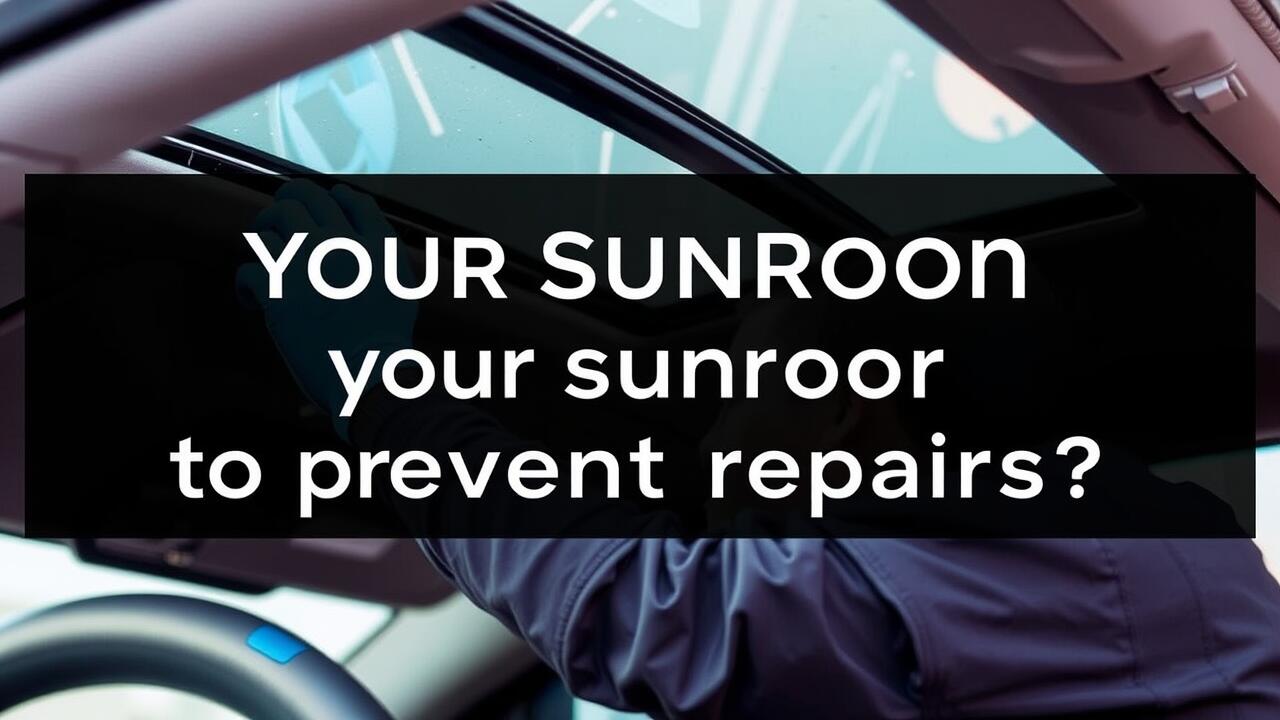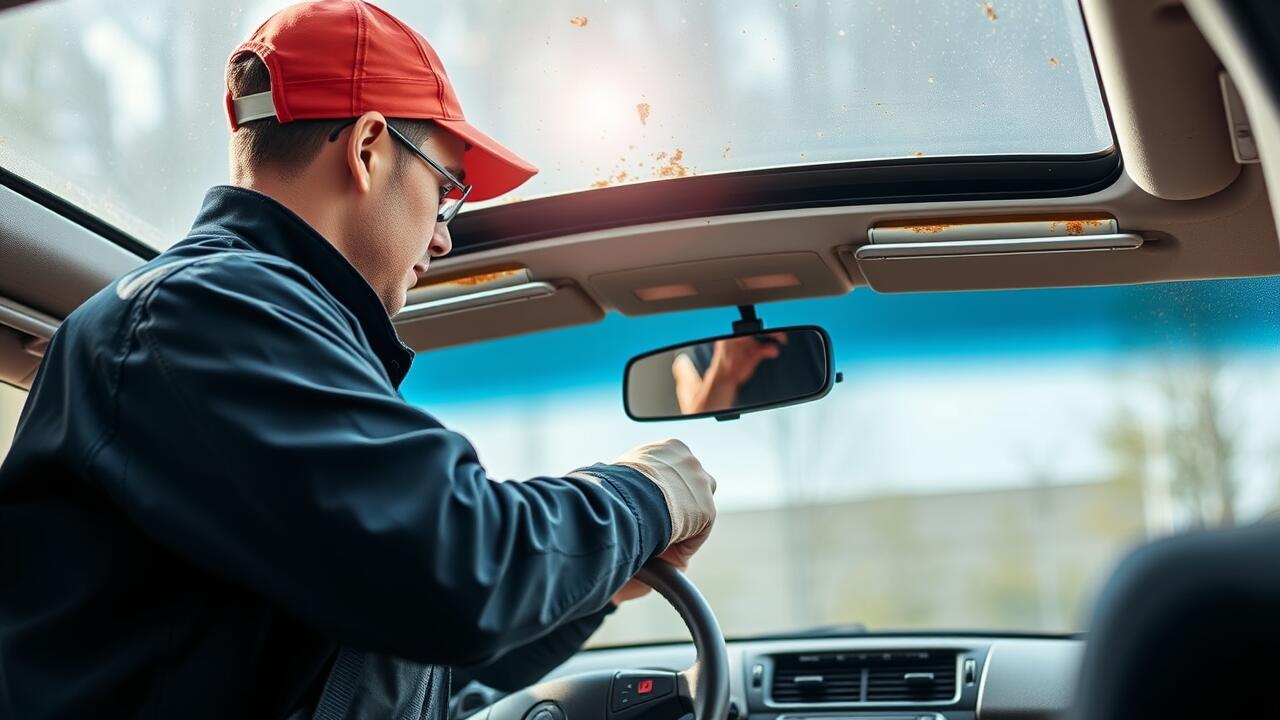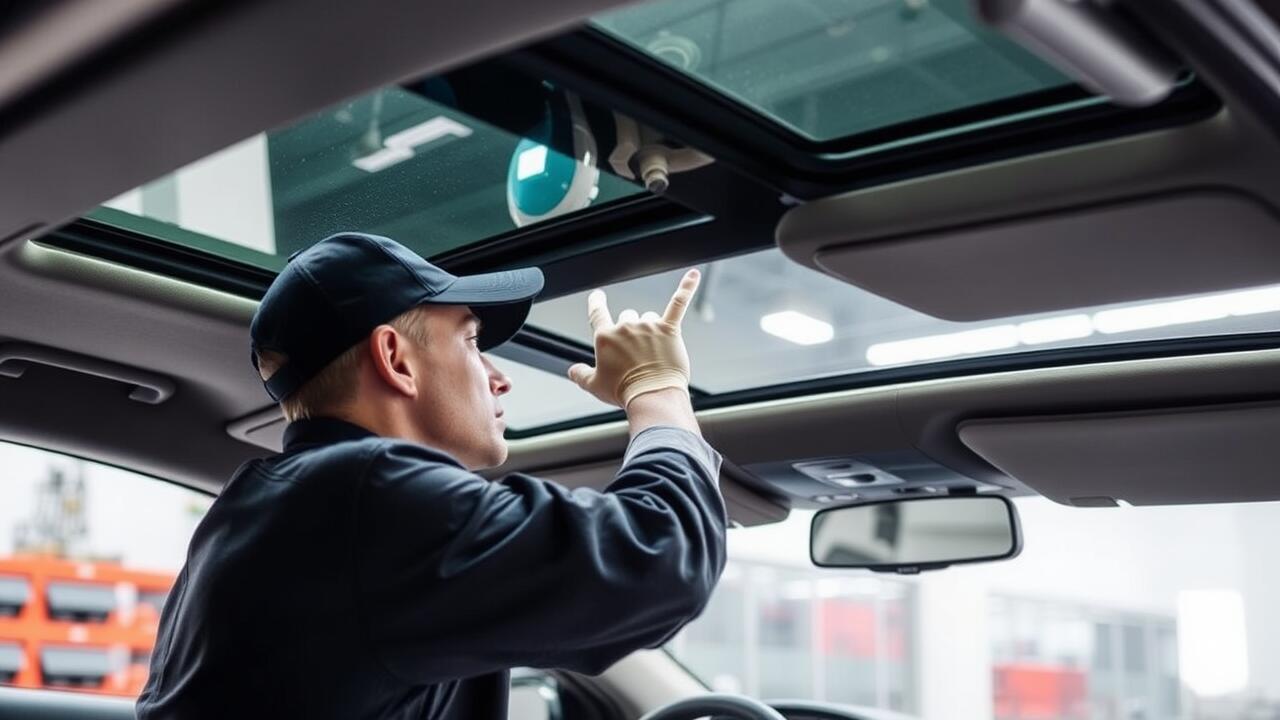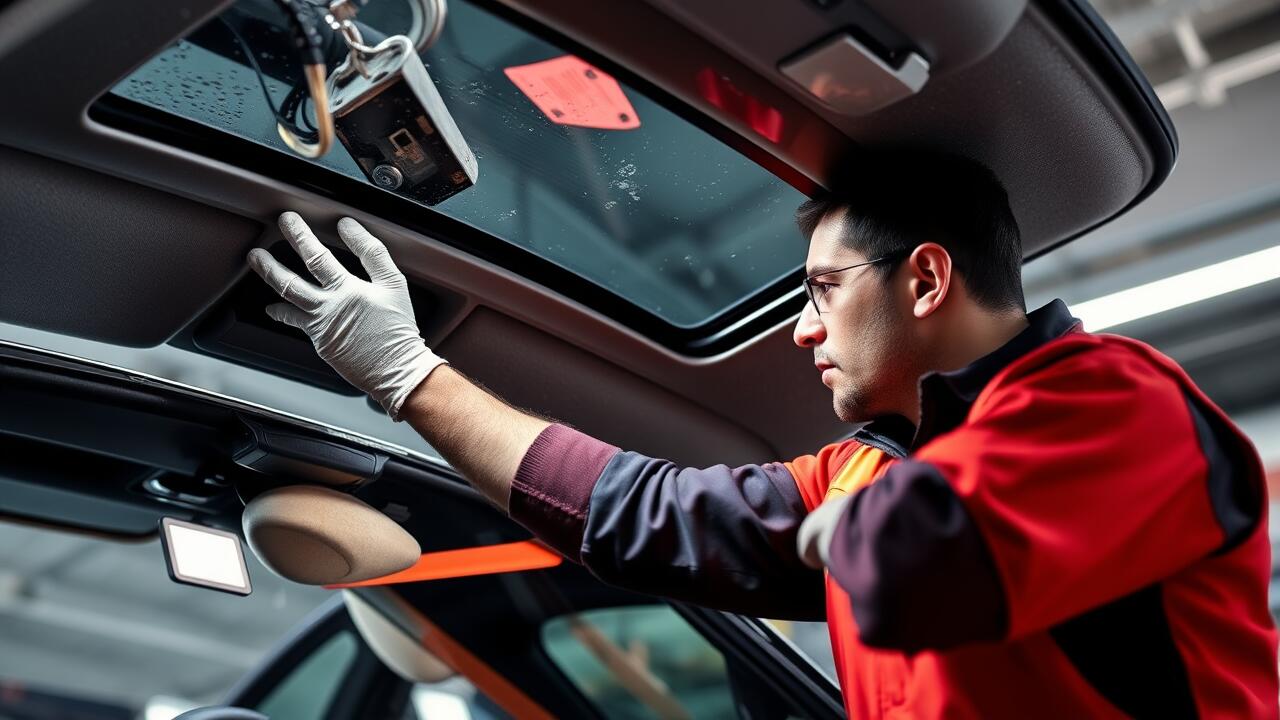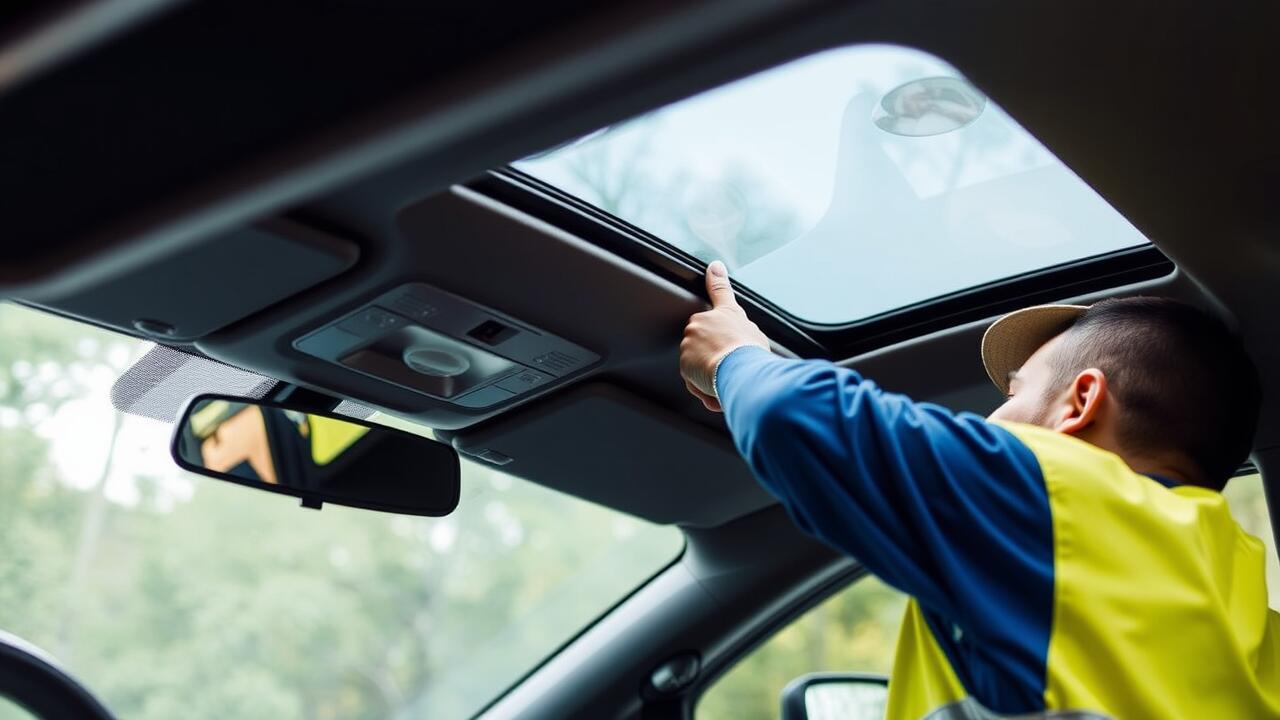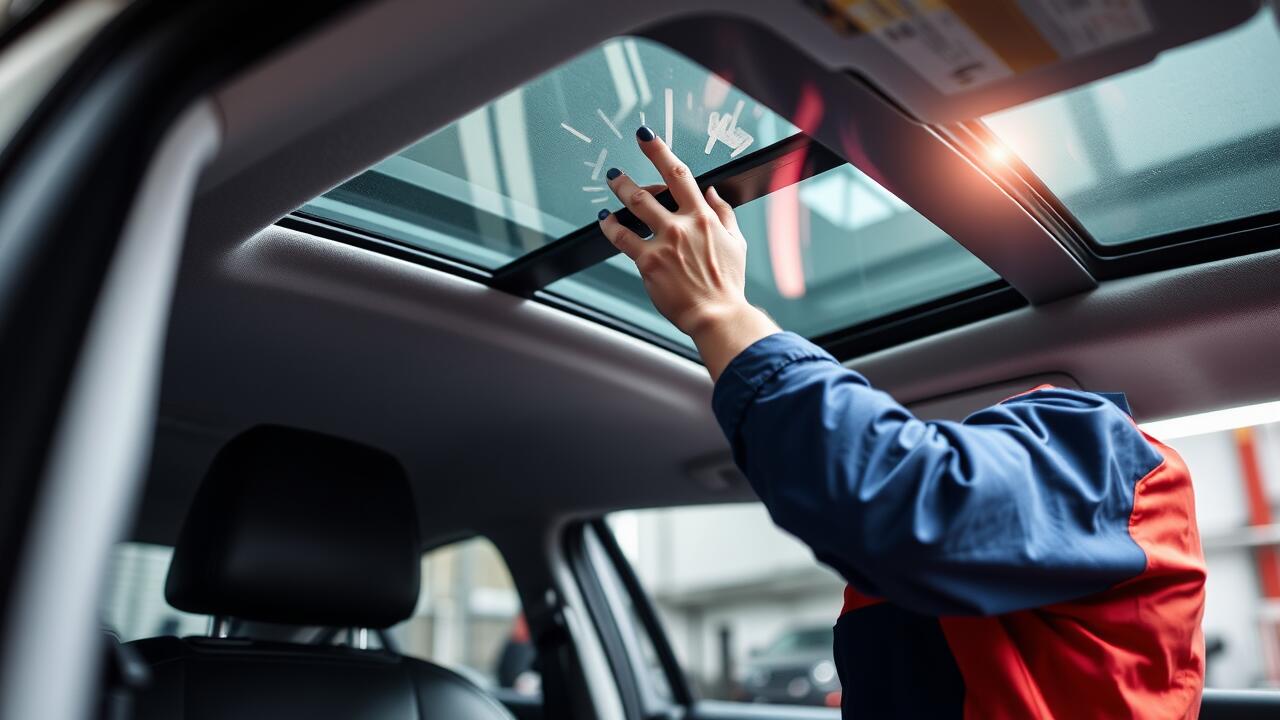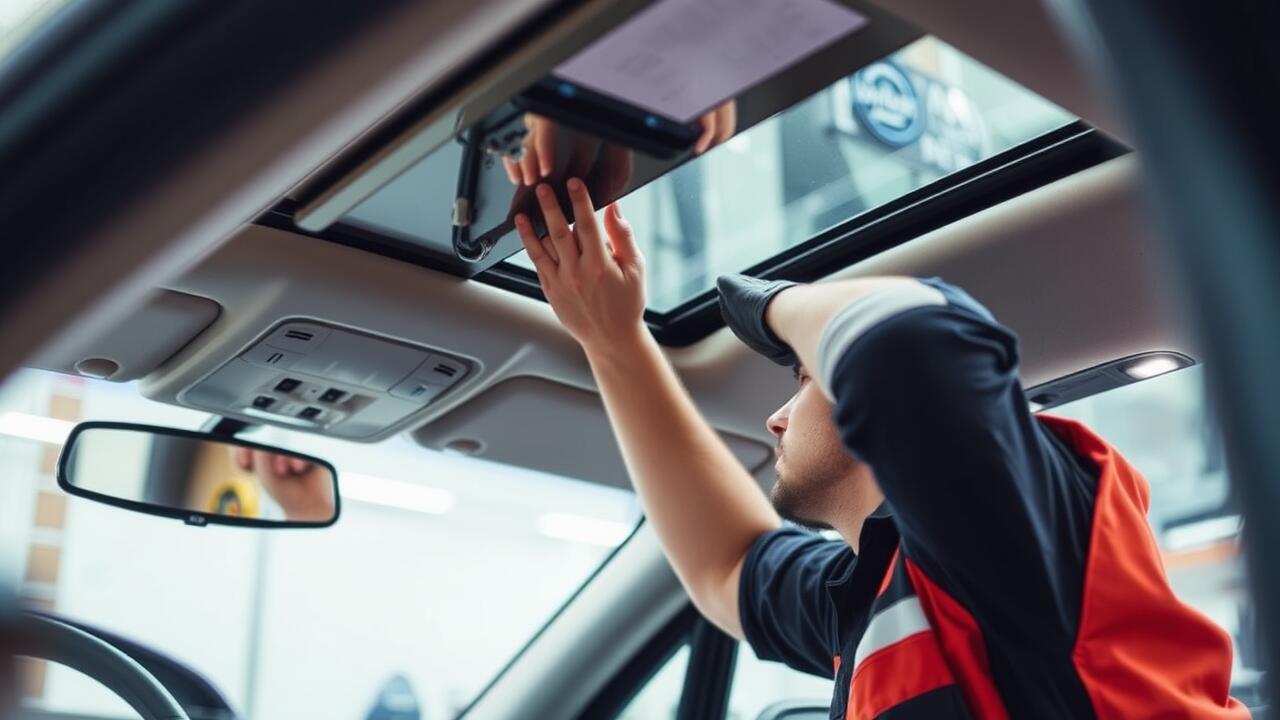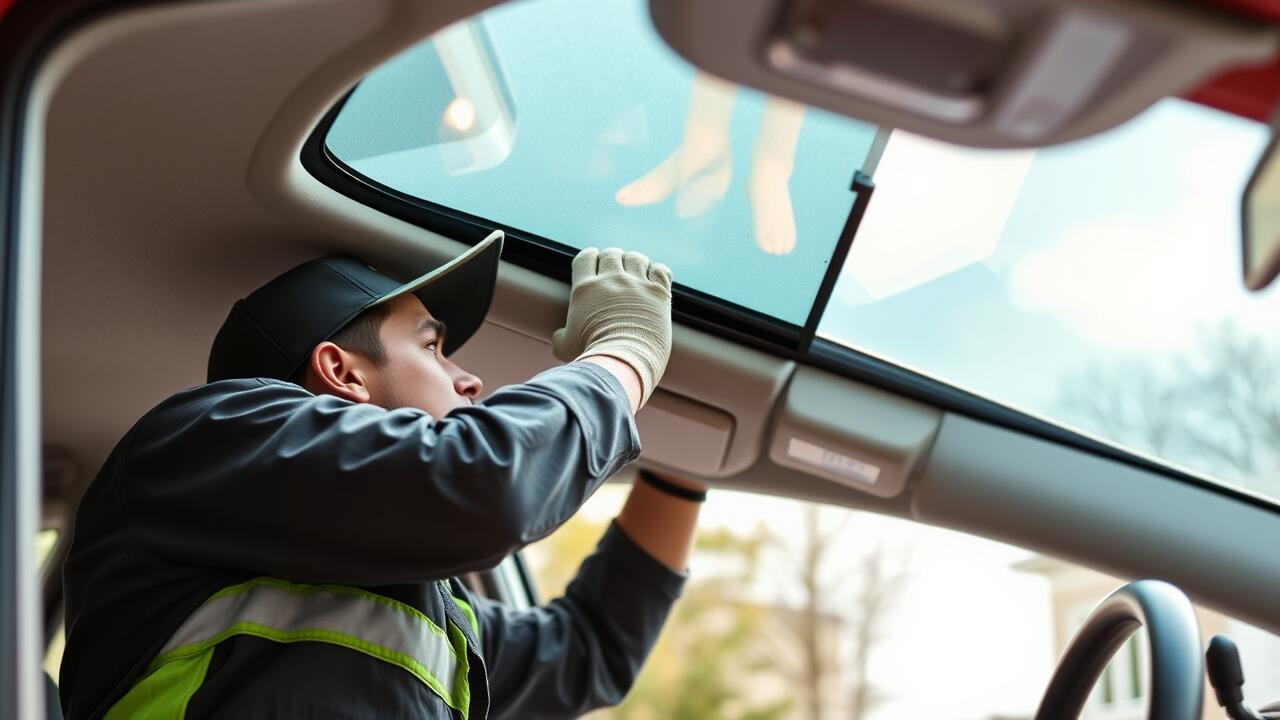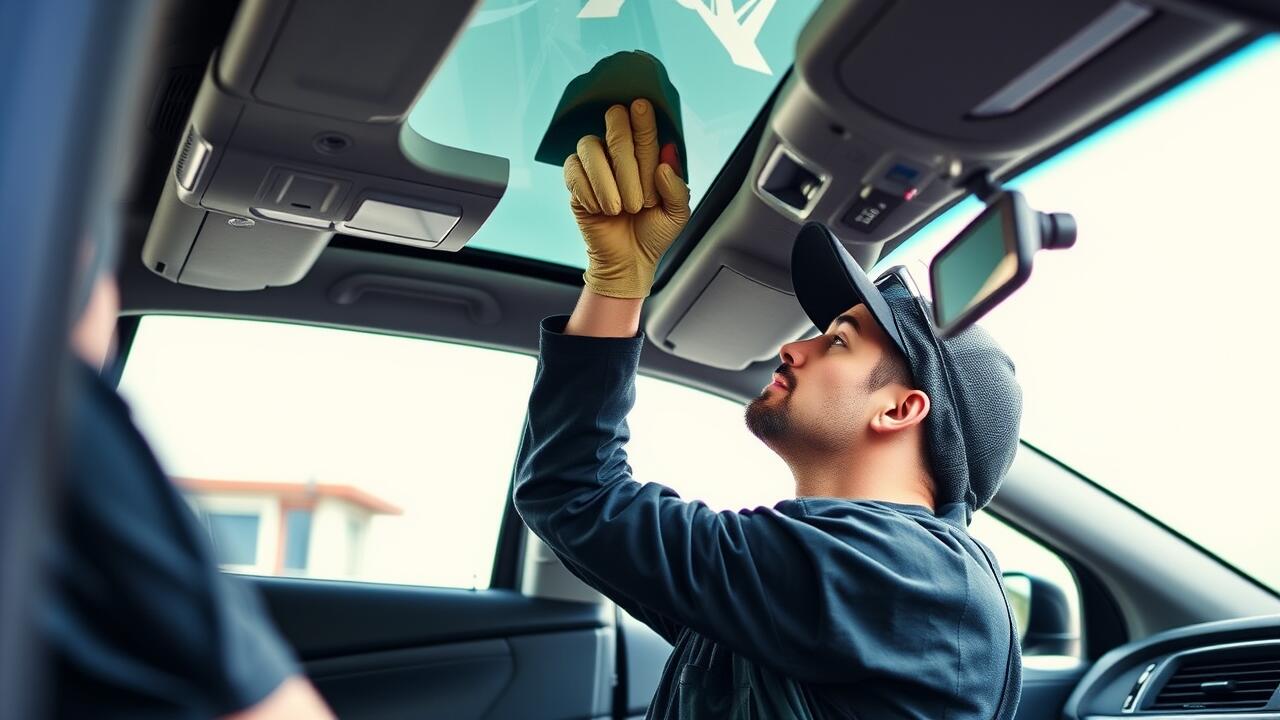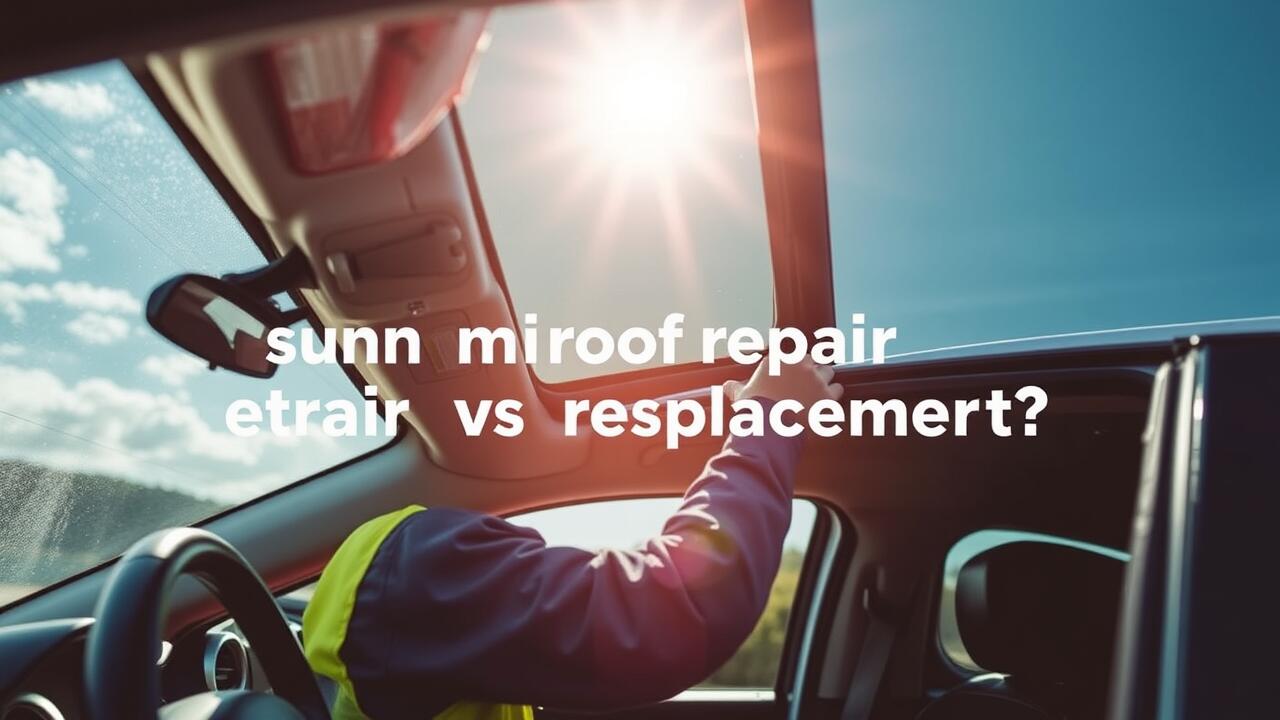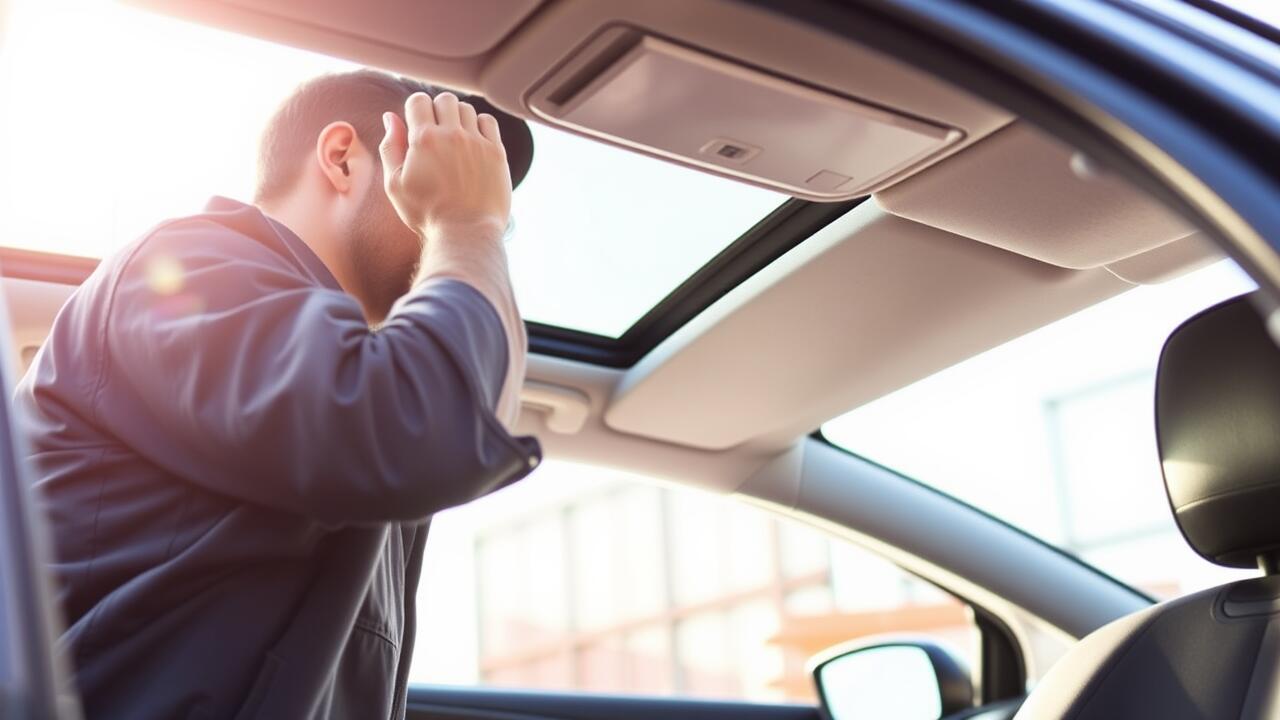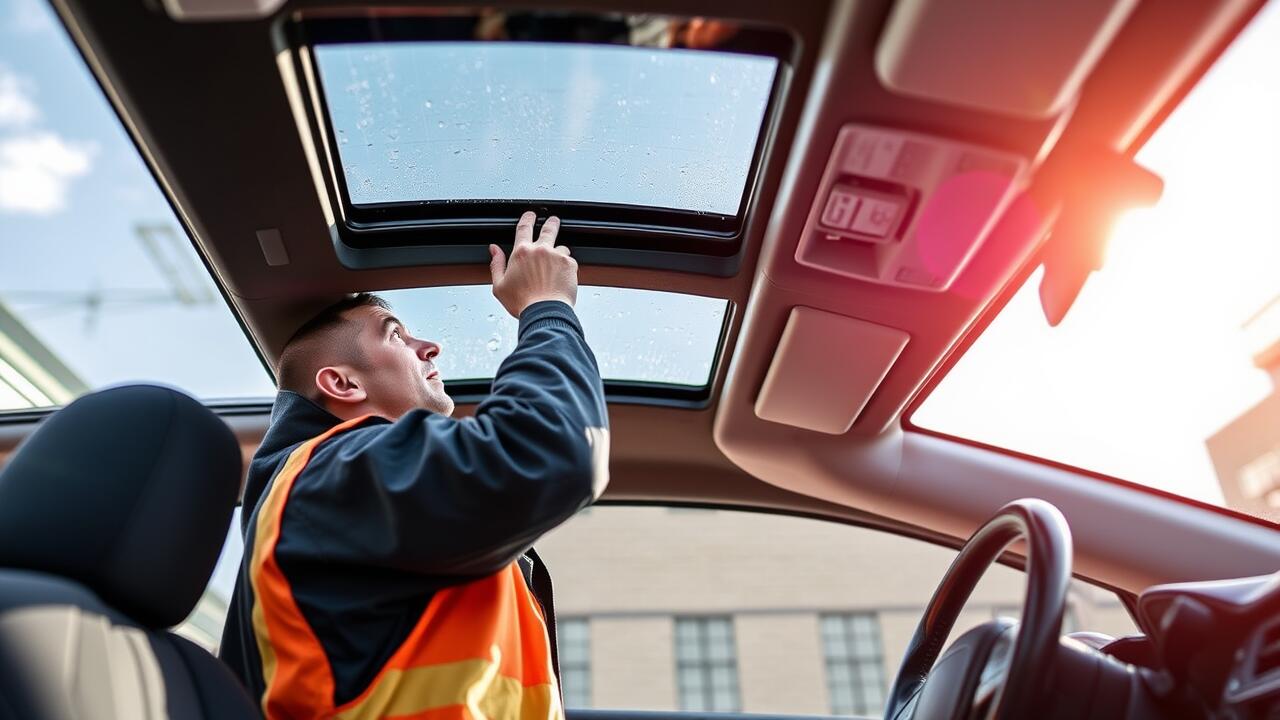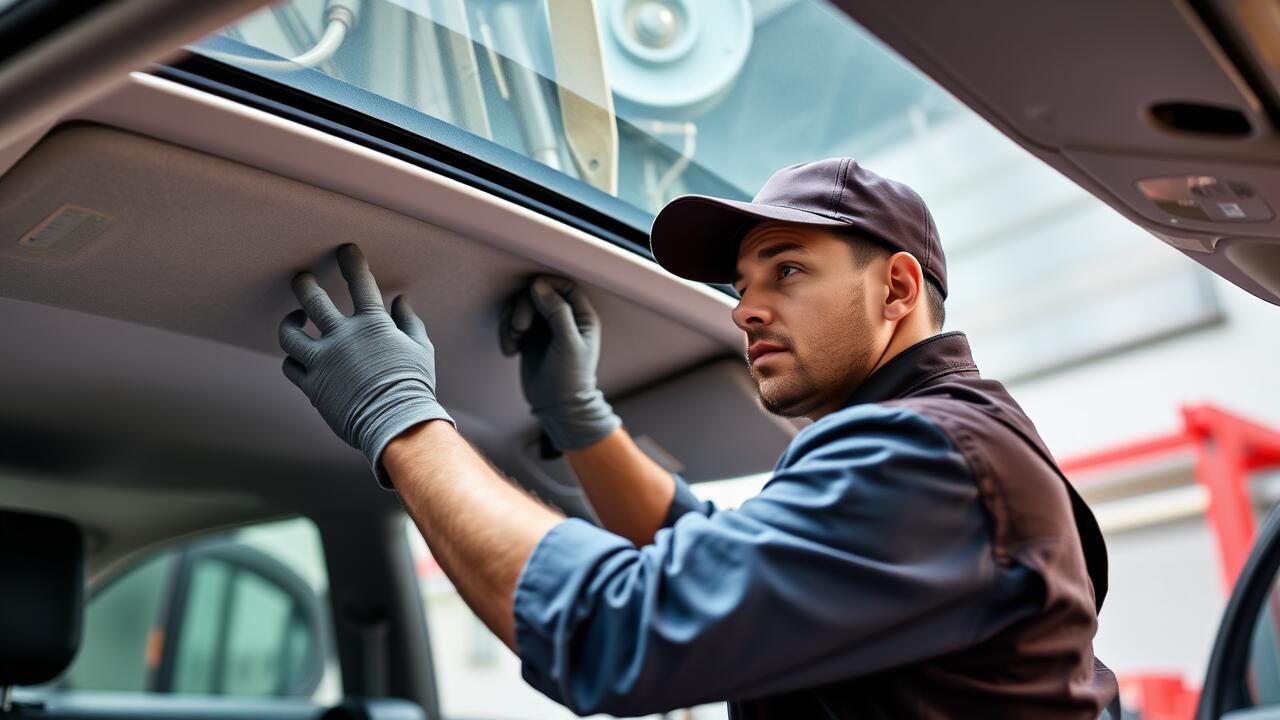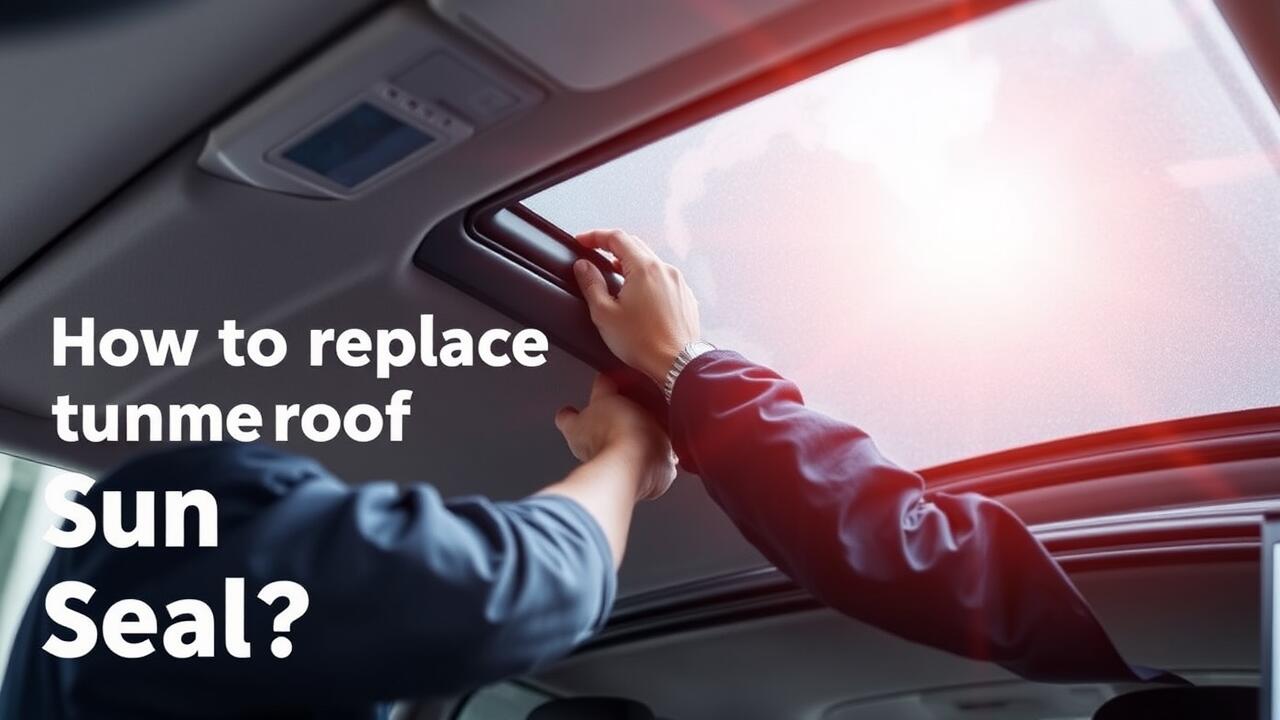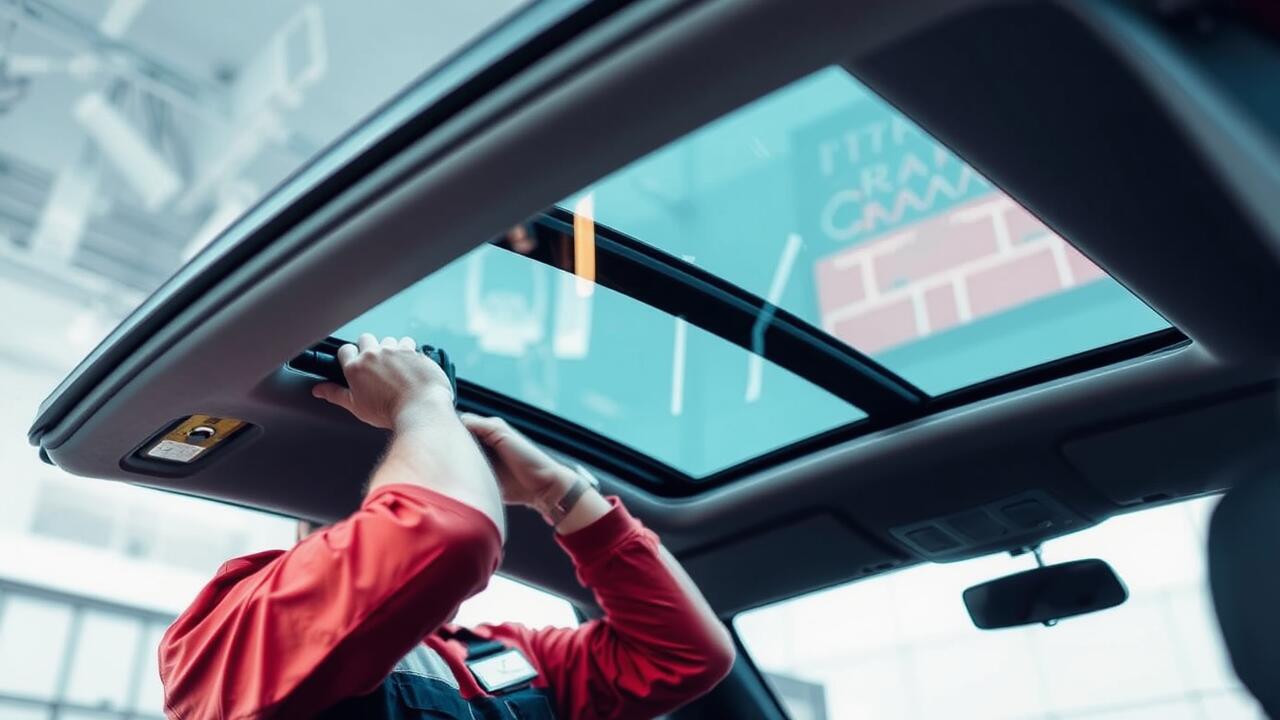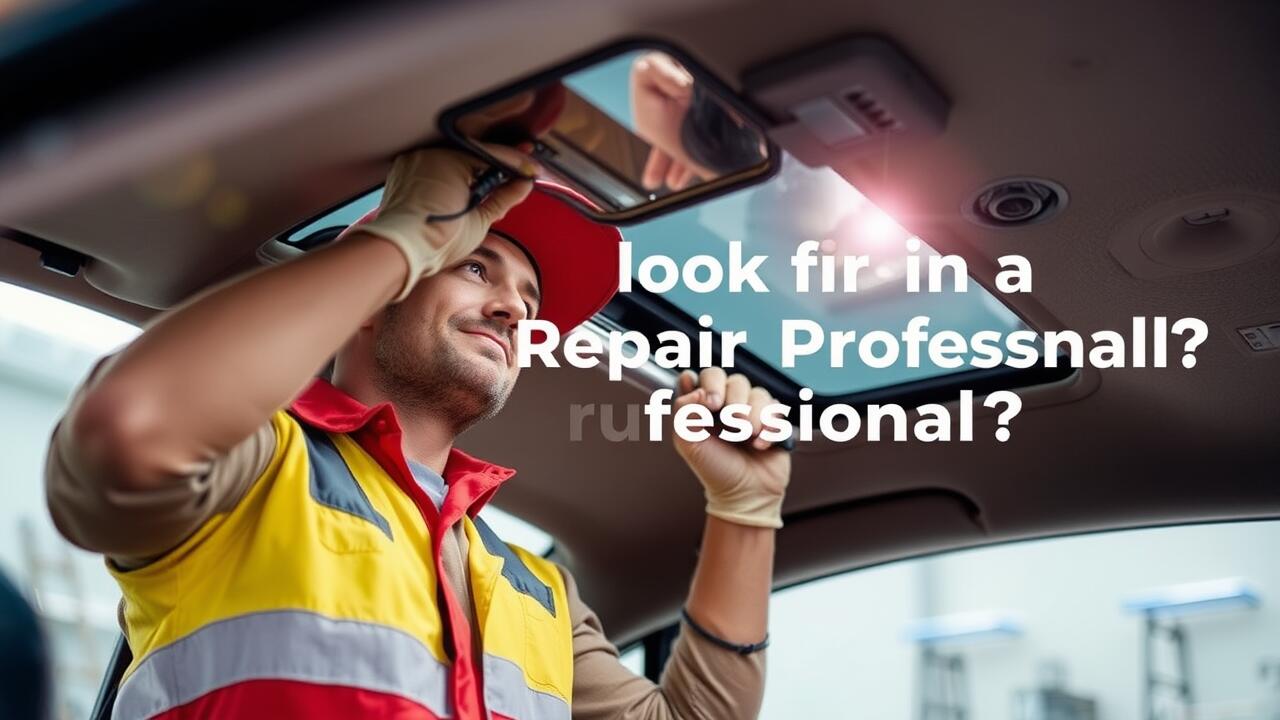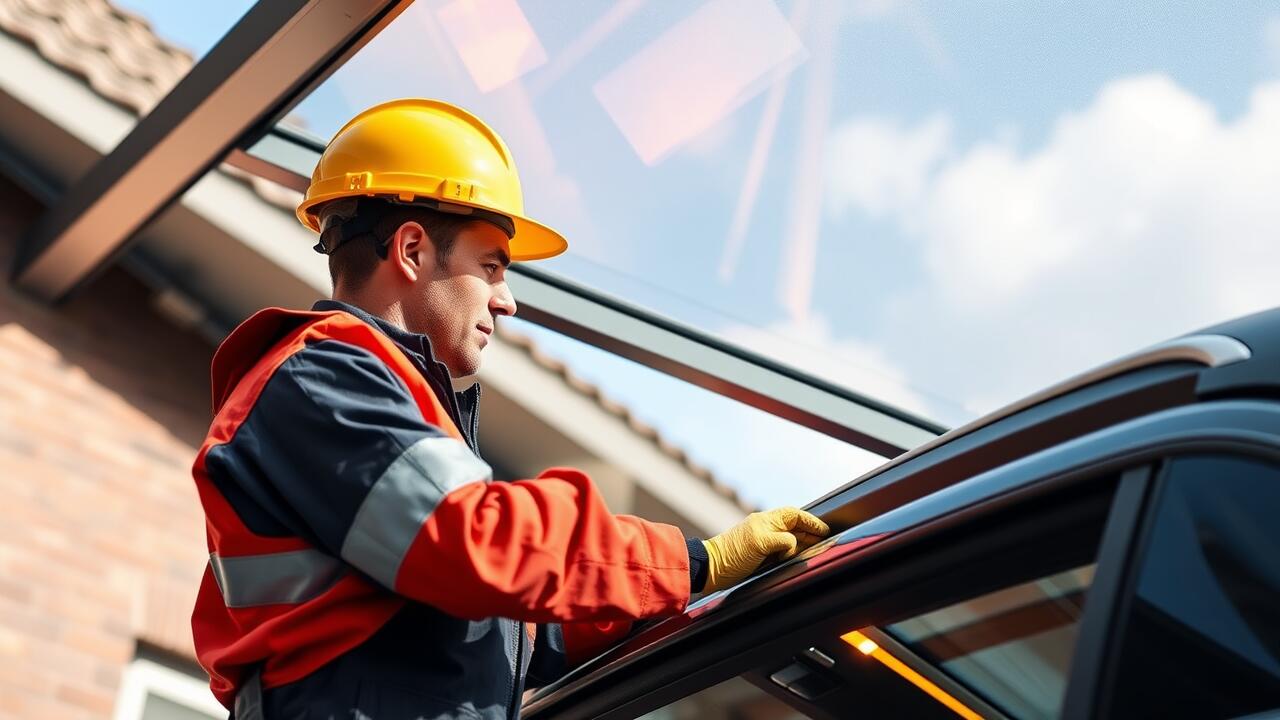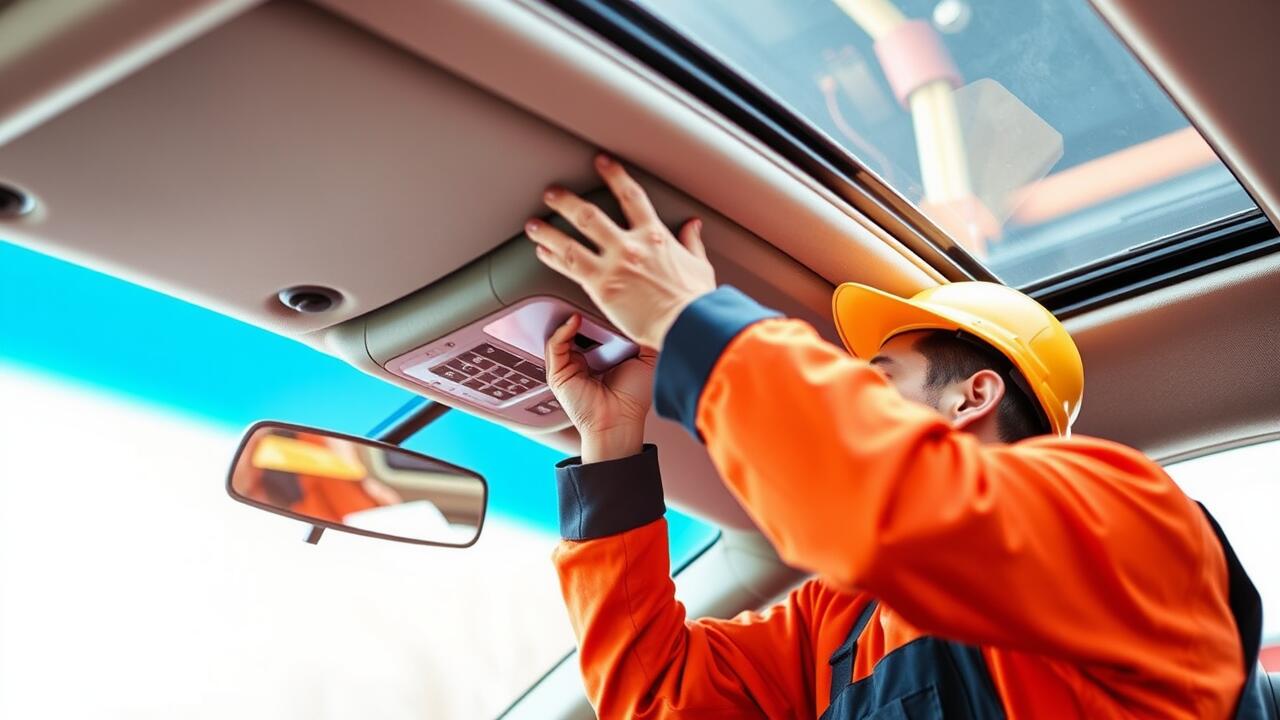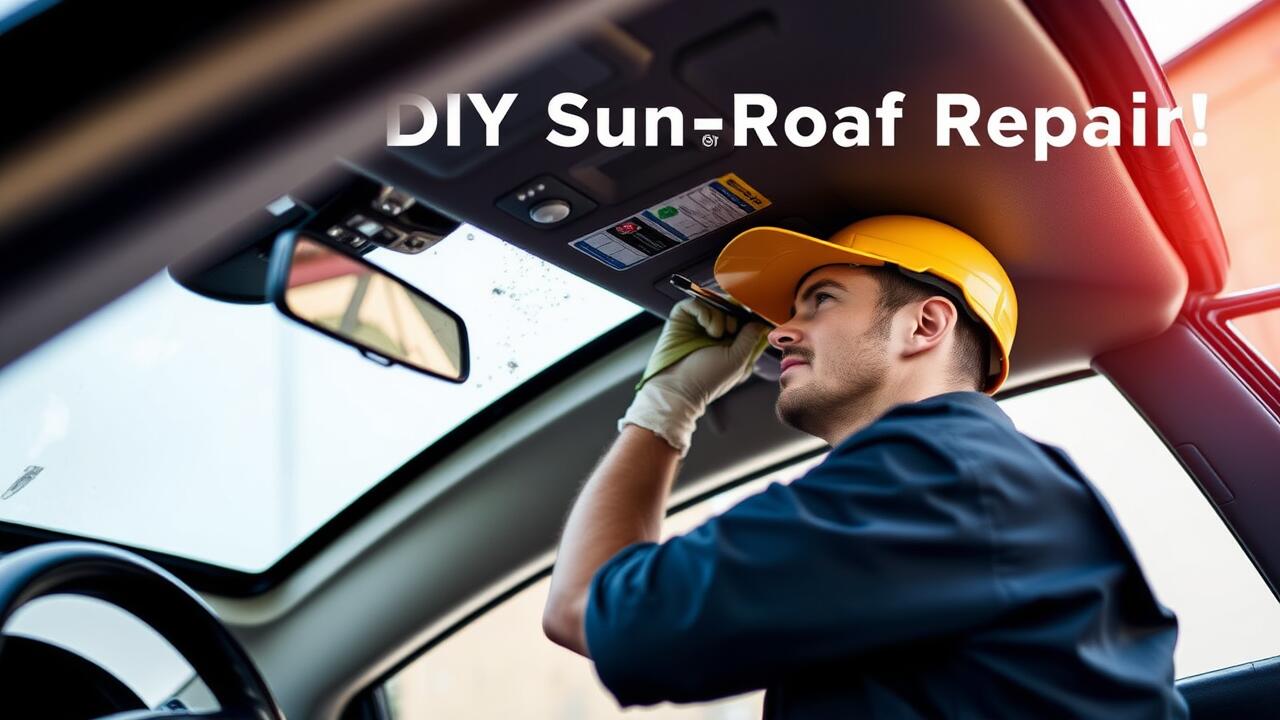
Table Of Contents
Assessing the Type of Damage
Before embarking on any sunroof repair, it's crucial to accurately assess the type of damage your sunroof has sustained. Look for visible signs such as cracks in the glass, misalignment of the frame, or issues with the mechanism that opens and closes. Each of these problems can stem from different causes, so taking the time to evaluate the situation carefully will make a significant difference in your repair approach.
Common minor issues include scratches on the glass, which may not pose a significant risk but can be aesthetically displeasing. Misalignment can lead to leaks during rain, making this issue more pressing. Investigating these various conditions will help you determine the required repairs and the most effective methods to restore your sunroof to its original functionality.
Different Types of Minor Sunroof Issues
Sunroofs, like any component of a vehicle, can encounter various minor issues that require attention. Common problems include leaks, which can arise from worn seals or debris blocking the drainage system. Scratches on the glass or frame could also occur due to incorrect cleaning methods or impacts from small objects. These minor damages may not seem urgent, but they can lead to more significant complications if left unattended, making sunroof repair essential for maintaining the vehicle's overall integrity.
Another issue involves the sunroof's operation. It may become sluggish or fail to open and close smoothly due to dirt or debris in the tracks or malfunctioning motor components. Additionally, some sunroofs might develop unwanted noises during operation, indicating potential misalignment or wear. Identifying these types of minor issues is crucial for timely sunroof repair, ensuring that the sunroof remains functional and enhancing the driving experience.
Step-by-Step Repair Process
Begin by gathering the necessary tools and materials for your sunroof repair. You'll typically need a flathead screwdriver, a new seal or gasket if replacing, and some adhesive if required. Carefully remove any visible screws or clips holding the sunroof in place. Once you have access to the mechanism beneath, inspect for any loose parts or debris that may need attention. Cleaning the area thoroughly can help ensure a better seal and function once you reassemble everything.
Next, focus on the specific damage you identified earlier. If the issue involves a cracked glass panel, consider using a repair kit designed for automotive glass. For minor leaks, applying a weatherproof sealant around the edges can provide a quick fix. Ensure everything is aligned properly before securing it back in place. Once you’ve replaced or repaired the damaged parts, it’s important to give everything time to set or dry according to the manufacturer's instructions, laying the groundwork for effective sunroof repair.
Detailed Instructions for Easy Repairs
For minor sunroof repair, start by cleaning the affected area thoroughly. Use a soft cloth and a suitable automotive cleaner to remove any debris or dirt. This step is essential to ensure that you can clearly see the damage and that the surface is ready for any repair materials. If the damage includes a small crack or chip, a repair kit designed specifically for sunroofs is ideal. Follow the manufacturer’s instructions on how to apply the resin, making sure to fill the damaged area evenly to prevent further cracks from developing.
Once you have completed the initial repair, allow it to cure according to the product guidelines. After the adhesive has set, check for any irregularities in the surface. If necessary, gently sand the area to create a smooth finish that blends in with the surrounding glass. Last, clean the entire sunroof to remove dust or fingerprints. Regular maintenance will help prevent further damage, ensuring your sunroof remains in good condition for months to come.
Testing Your Repair
After completing your sunroof repair, it's crucial to test the functionality of the sunroof to ensure everything is working as intended. Begin by operating the sunroof through all its functions, such as opening, closing, and tilting. Observe for any unusual noises or resistance while the mechanisms engage. A smooth operation indicates a successful repair, while any irregular sounds may point to issues that need attention.
Next, inspect the edges of the sunroof for any signs of leakage. This is particularly important after sealing any gaps or applying new weather stripping. A quick water test can be beneficial; gently pour water along the sunroof edges and monitor inside the vehicle for any signs of dripping. A properly executed sunroof repair should leave your vehicle free from leaks, ensuring that you can enjoy the open air without worry.
How to Ensure Everything is Functioning Properly
After completing the sunroof repair, it's crucial to test the functionality of the sunroof before considering the job finished. Start by operating the sunroof controls several times to check for any irregularities. Listen for unusual sounds that may indicate misalignment or incomplete sealing. Observing the sunroof for smooth operation is essential to ensure that it opens, closes, and tilts correctly.
Next, inspect the seals and frame for any gaps or misalignments. Use a hose to simulate rain and check for leaks during your water test. Look for moisture inside the vehicle, as this could indicate a failure in the sunroof repair. Ensuring everything functions well will not only enhance your driving experience but also prevent costly future repairs.
FAQS
What types of minor damages can I repair on my sunroof?
Common minor damages that can be repaired include small scratches, leaks around the seal, and minor cracks in the glass. Assessing the specific type of damage is crucial for determining the appropriate repair method.
Do I need special tools for DIY sunroof repairs?
While you may not need extensive tools, basic items such as a screwdriver, adhesive sealant, and cleaning materials are typically required. Check the specific repairs you plan to undertake to ensure you have the necessary tools on hand.
Is it safe to repair a sunroof myself?
If you follow the correct procedures and take safety precautions, DIY repairs can be safe. However, if you're unsure or the damage is extensive, it may be best to consult a professional.
How can I tell if my sunroof repair was successful?
After completing the repair, you should test your sunroof by opening and closing it several times. Additionally, check for leaks during a rain shower or after washing your car to ensure everything is sealed properly.
What should I do if my DIY repair doesn't work?
If your repair doesn't hold or you encounter further issues, it’s advisable to seek professional help. A technician can diagnose the problem and provide a more permanent solution.

